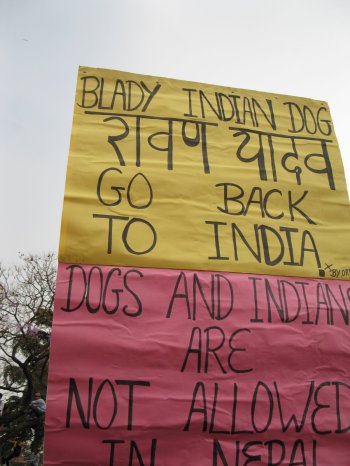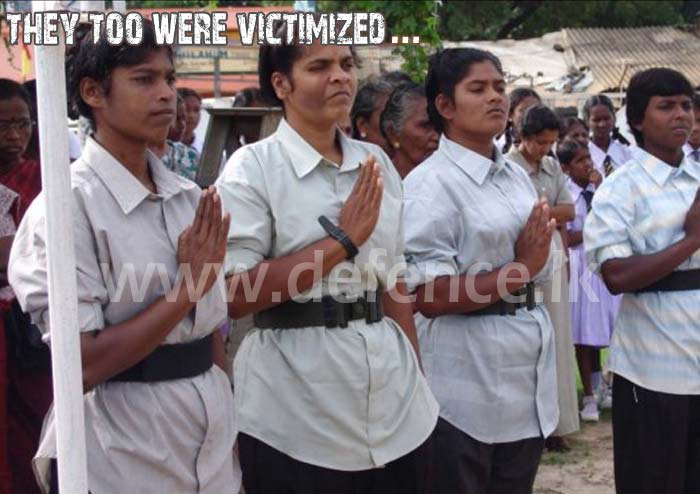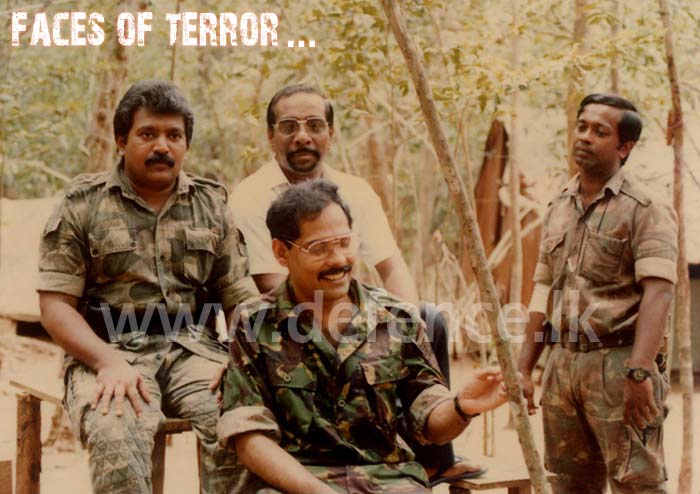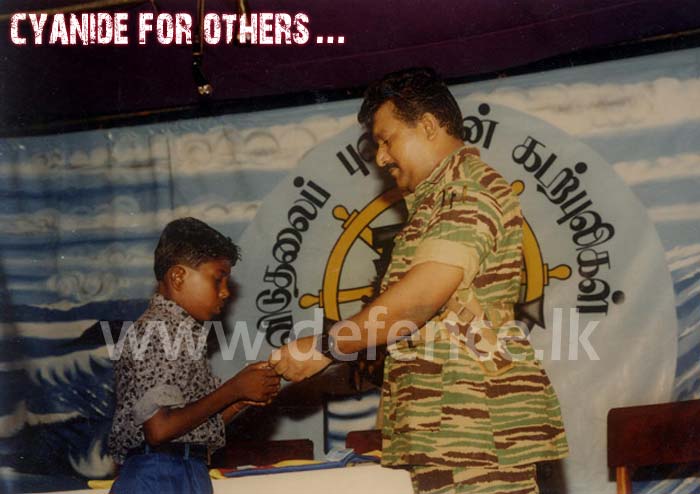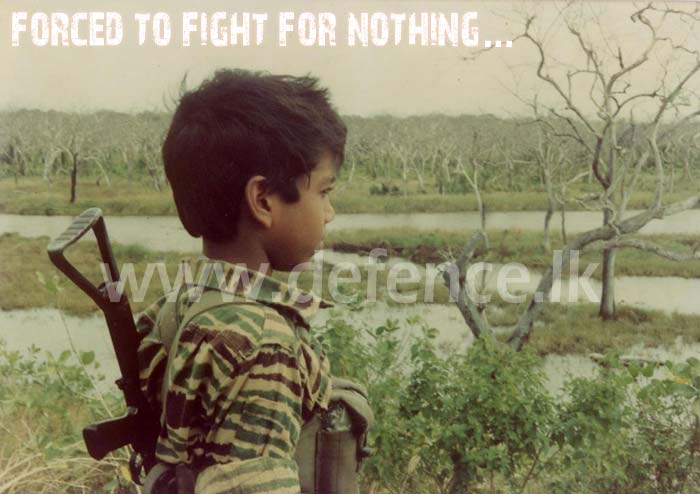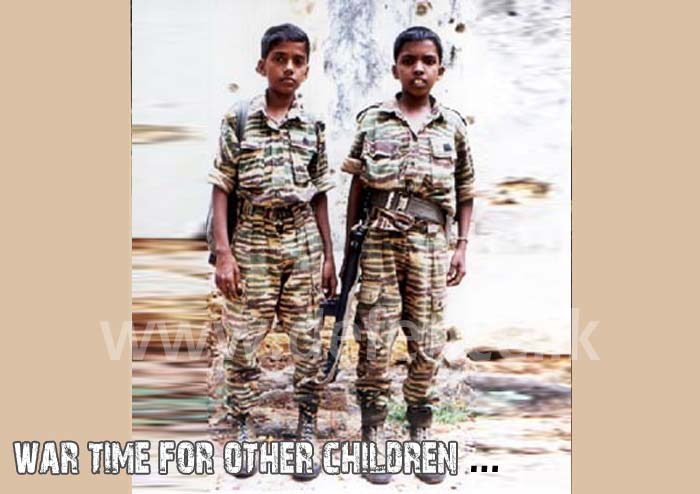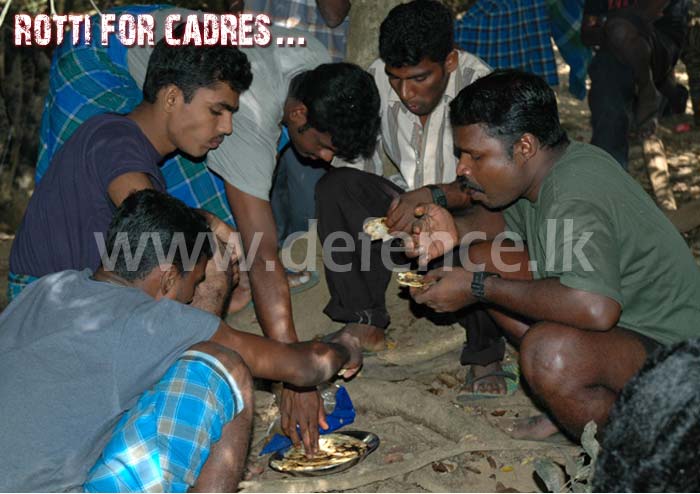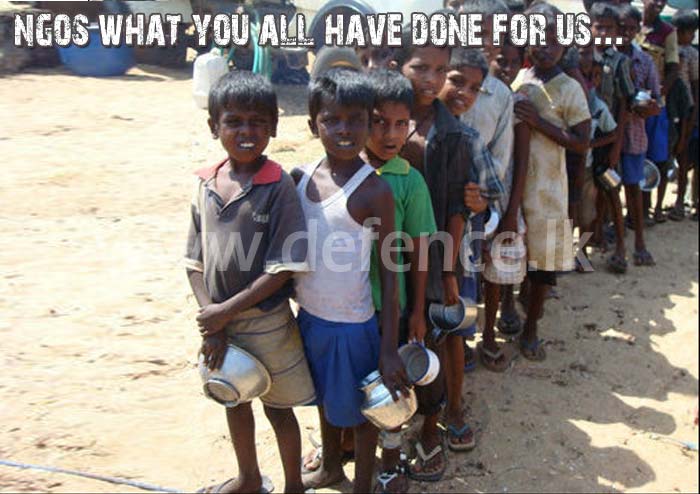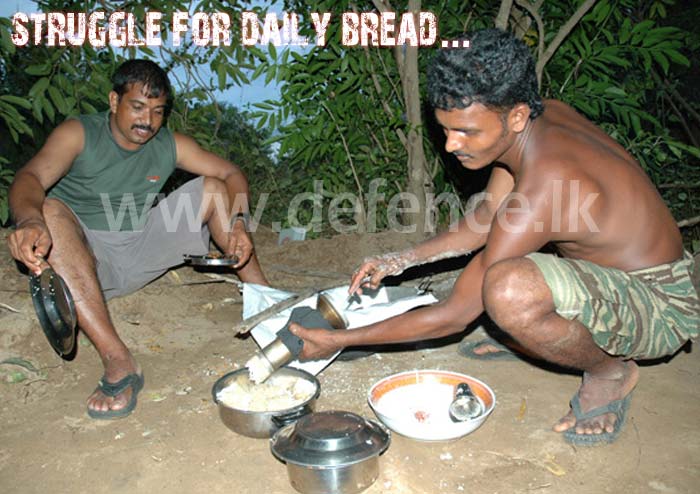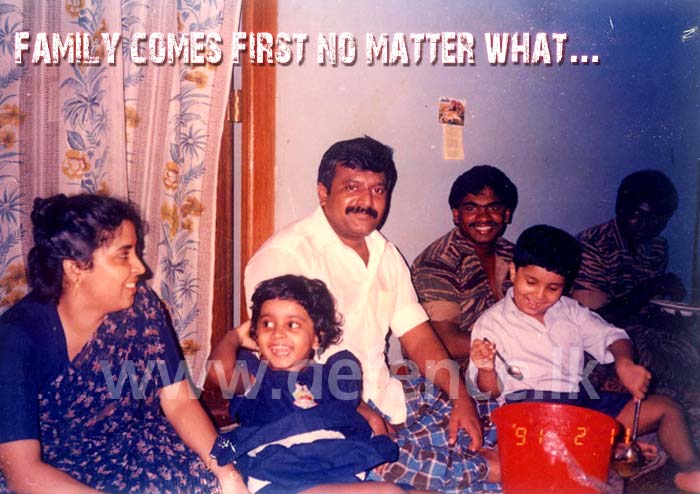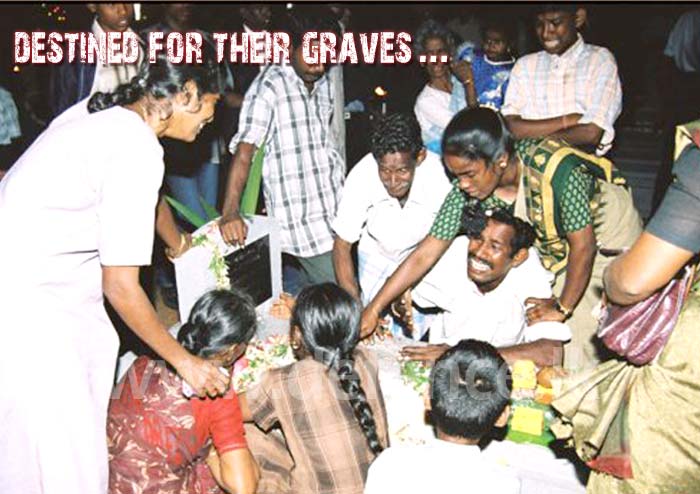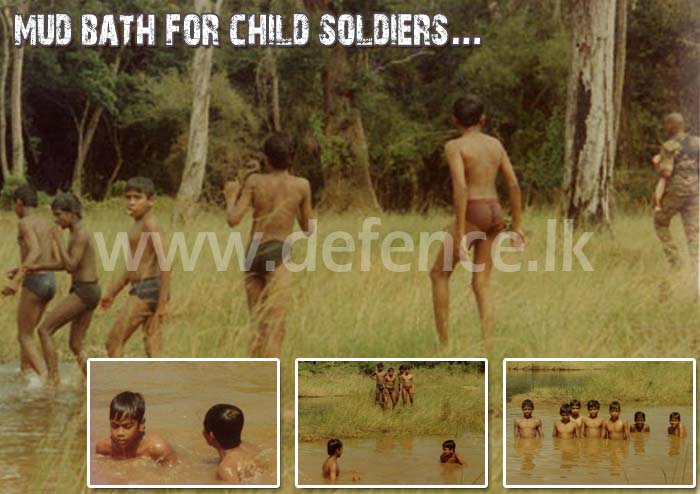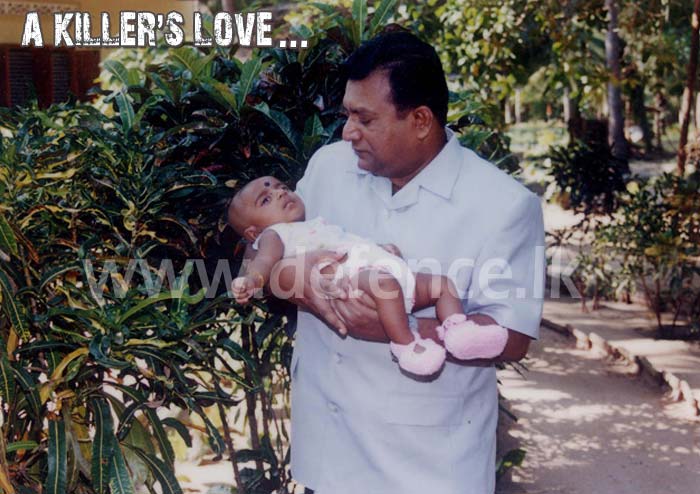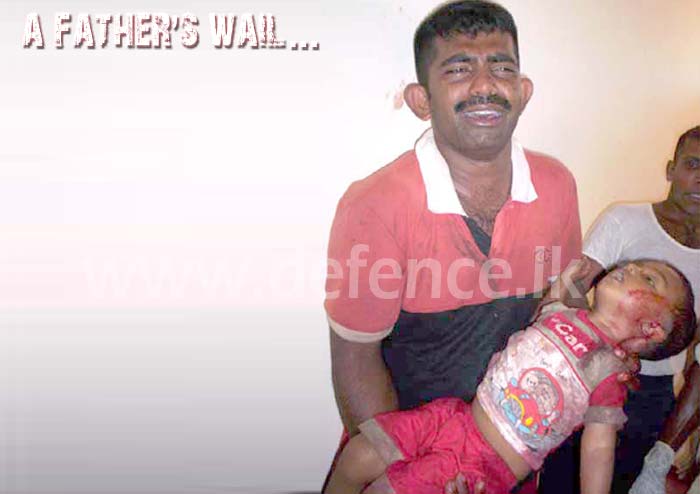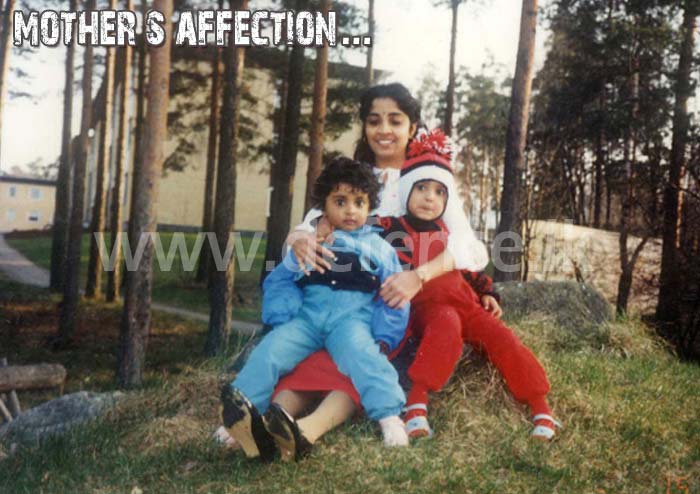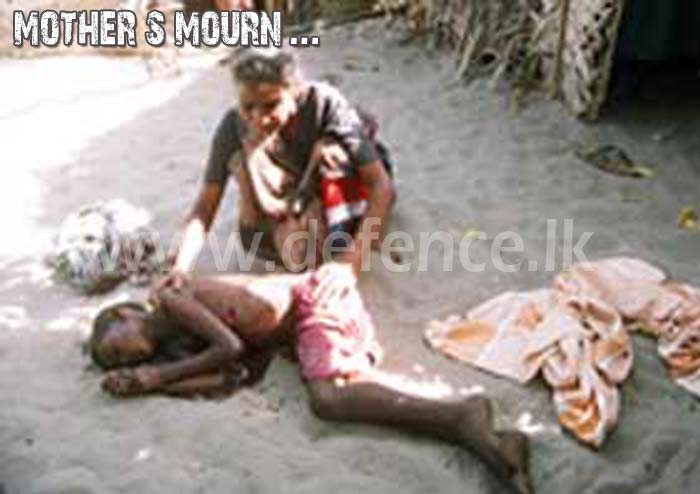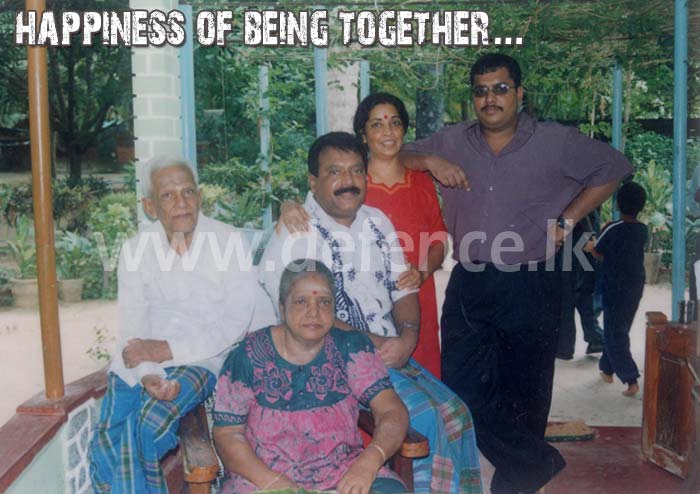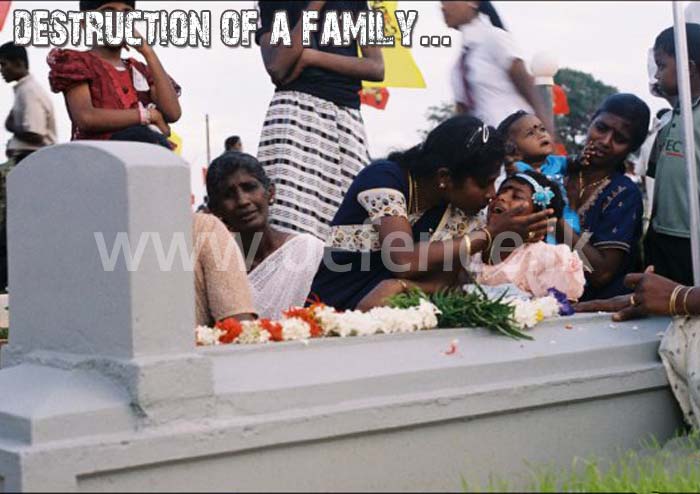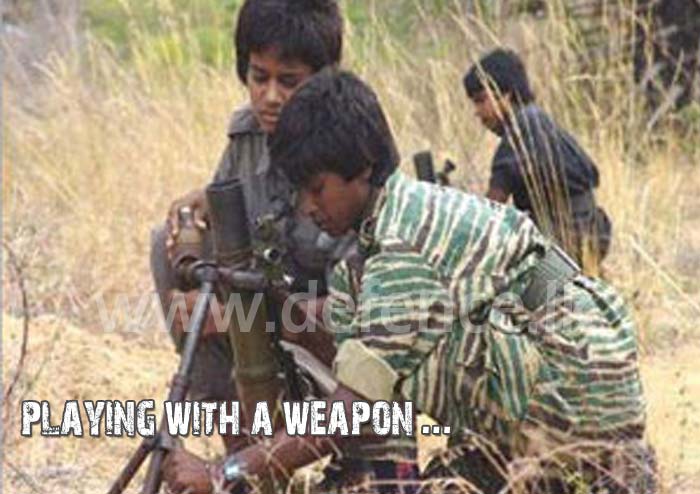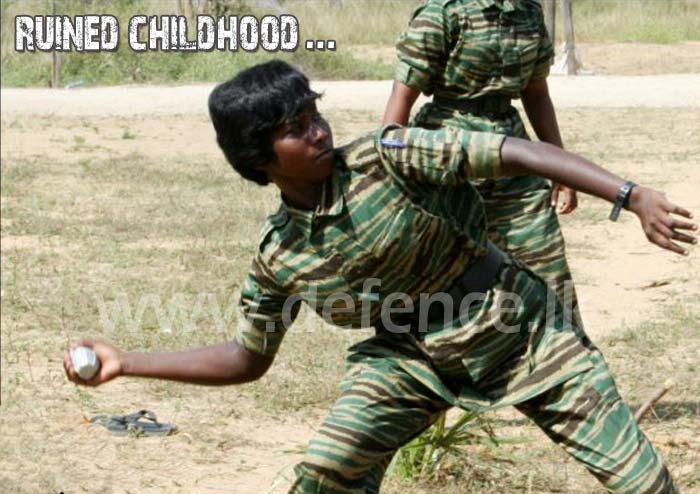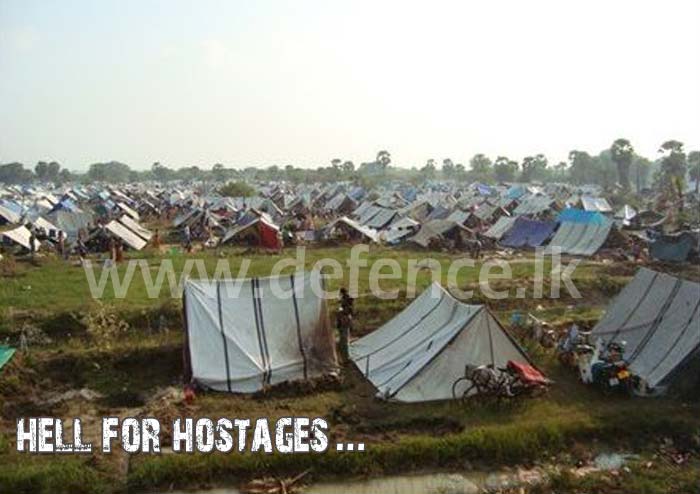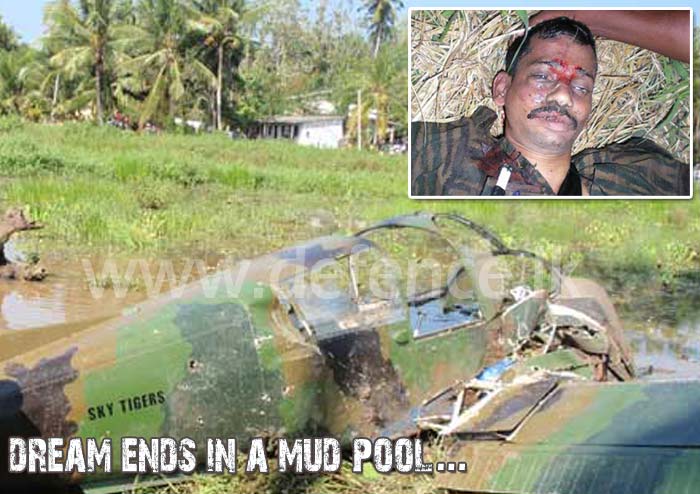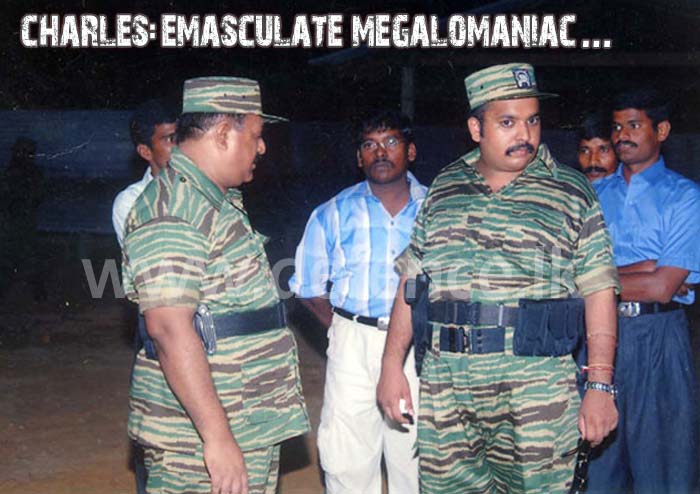more information can be accessed by clicking on the categories above
or you can use the search function to dig really deep into this archive for
there are more than 1300 posts in this blog.
Partial Index of Important Documents ( Randomly chosen )
Interviews with Com Ganapathy, Currently
General Secretary of the CPI(Maoist)
Unification is the only way to advance the cause of the Indian revolution'
as General Secretary of CPI(M-L)Peoples War
(1998 - Rediff.com)
The People's War always repay's its blood debt
(2000 Rediff.com )
Reply to letter by Independent Citizen's Initiative
on Dantewada
(2006 cgnet.in)
Interview with Ganapathy, General Secretary, CPI(Maoist)-
(2007 Peoplesmarch )
Other Interviews
March 2001 issue of Poru Mahila, the organ of Krantikari
Adivasi Mahila Sanghatan, DK.
"India: A Catastrophe or a Break with Imperialism" -Interview with
GN Saibaba of the RDF (Interview by Lars Akerhaug ,Norway, December 2007)
Interview with Naxal Leader Ganesh Ueike
(2006 NDTV )
Exclusive interview with CPI(Maoist) Spokesperson Comrade Azad on
Nepal Developments
(2006 Peoplesmarch)
Naxal Revolution Exclusive - Interview with Mr P Govindan Kutty ,Editor of Peoplesmarch(Voice of the Indian Revolution) - An magazine considered sympathetic to the CPI(Maoist)(2006 Naxalrevolution.blogspot.com)
Chat Transcripts with Vara Vara Rao - A revolutionary writer
based in Andhra Pradesh
(1997 Rediff.com)
Polemics
CPI(Maoist) Reply to break away faction in Karnataka - The Karnataka
Maoist Swatantra Kendra
(2007 Peoplesmarch )
Press Releases of the CPI(Maoist)
Recieved via email from unknown individuals
History of the Naxalite Movement in India.
Through the Eyes of the Police Naxalites in Calcutta in the 1970s
Naxalite Movement and Cultural Resistance
Experience of Janakiya Samskarika Vedi in Kerala (1980-82)
Andhra Pradesh: Women's Rights and Naxalite Groups
Fatalities : State and Maoist Violence for the years 2005 and 2006
Class Analysis of Indian Agriculture
Naxalites Today
Communist Parties of India List on Wikipedia
The economist-India's Naxalites : A spectre haunting India
Guardian Article Inside India's hidden war - Mineral rights are behind clashes between leftwing guerrillas and state-backed militias
Vice Magazine-In the name of Mao, India pick's up the slaughter
A State at War With its People Anything goes against the Maoist insurgency in Central India
Student Politics
The Life and Struggle in Regional Engineering College, Durgapur
1966 to 1970
Summer of '69 in St Stephen's
Shining Path
Urban Guerillas
Criticisms of Maoists by other Groups/People
SUCI's criticism of the Naxalites
What threatens the State - Arms or Ideology
(springthunder.wordpress.com)
RCP Karnataka Documents
Other Articles
A compilation of articles on the History of the Naxalite Movement in India
from various journals by Harsh Thakor
Legacy of Indian Maoism-A Tribute to Tarimala Nagi Reddy’s 30th death anniversary and the 60 th anniversary of the launching of the Telengana Armed Struggle. - By Harsh Thankor
Commemorating 10th death Anniversary of Comrade Ashok Janaradhan
24th JUly1998)-A tribute to Andhra Pradesh Radical Students Union.
In commemoration of 30 years since founding of C.P.I.(M.L) Unity Organisation
- -formed in November 1978. In memory of Comrade Ajoy. (Parimal Sen)
Declaration to reaffirm the significance and relevance of the
anti revisionist struggleand the GPCR - May 2007
25th anniversary year of the founding conference of the
All India Federation of Organizations for Democratic Rights.
http://parisar.wordpress.com/
http://redbarricade.blogspot.com/
http://pmsgindia.blogspot.com/
http://dsujnu.blogspot.com/
http://mikeely.wordpress.com/
Liberation archives
http://sanhati.com/liberation/
About Liberation
Liberation, the monthly central organ of the undivided Communist Party of India (Marxist - Leninist) (CPIML), was first published in November 1967. Through intense state repression and terror perpetrated by various political parties, the monthly continued to be published except for a brief hiatus in the early 1970s.
"India: A Catastrophe or a Break with Imperialism" -Interview with
GN Saibaba of the RDF (Interview by Lars Akerhaug ,Norway, December 2007)
Interview with G.N Saibaba by Norwegian revolutionary
socialist party Rødt [Red!]
Interview with Naxal Leader Ganesh Ueike
(2006 NDTV )
Exclusive interview with CPI(Maoist) Spokesperson Comrade Azad on
Nepal Developments
(2006 Peoplesmarch)
Naxal Revolution Exclusive - Interview with Mr P Govindan Kutty ,Editor of Peoplesmarch(Voice of the Indian Revolution) - An magazine considered sympathetic to the CPI(Maoist)(2006 Naxalrevolution.blogspot.com)
Chat Transcripts with Vara Vara Rao - A revolutionary writer
based in Andhra Pradesh
(1997 Rediff.com)
"All revolutionary ranks must unite" - Interview with Prasad , CCM of PW
(1998 Rediff.com )
(1998 Rediff.com )
Polemics
CPI(Maoist) Reply to break away faction in Karnataka - The Karnataka
Maoist Swatantra Kendra
(2007 Peoplesmarch )
‘ Maoism or Mao Thought ? ’ - A booklet on ideological debate
published by Janamuktikami Prakashani .
Press Releases of the CPI(Maoist)
Recieved via email from unknown individuals
Press releases of CPI(Maoist)
author Sudeep Chakravarthi's response
Kranthi Patha - Kannada magazine
Porali - Tamil Magazine - June 2008
Porali - Tamil Magazine - May 2009
History of the Naxalite Movement in India.
Economic and Political Weekly Articles
July 22, 2006

Beyond Naxalbari
Learning from Experience and Analysis
Maoism in India
On Armed Resistance
The Spring and it's Thunder
Maoist Movement in Andhra Pradesh
Response of Comrade AZAD the official
spokesperson of the CPI(Maoist) to EPW articles.
Maoists in India : A Rejoinder
The Naxalite Movement in Central Bihar- By Bela Bhatia
Peasants Speak
Becoming a Naxalite in rural Bihar: Class struggle and its contradictions
George J. Kunnath
July 22, 2006

Beyond Naxalbari
Learning from Experience and Analysis
Maoism in India
On Armed Resistance
The Spring and it's Thunder
Maoist Movement in Andhra Pradesh
Response of Comrade AZAD the official
spokesperson of the CPI(Maoist) to EPW articles.
Maoists in India : A Rejoinder
The Naxalite Movement in Central Bihar- By Bela Bhatia
Peasants Speak
Becoming a Naxalite in rural Bihar: Class struggle and its contradictions
George J. Kunnath
Through the Eyes of the Police Naxalites in Calcutta in the 1970s
Naxalite Movement and Cultural Resistance
Experience of Janakiya Samskarika Vedi in Kerala (1980-82)
Andhra Pradesh: Women's Rights and Naxalite Groups
Fatalities : State and Maoist Violence for the years 2005 and 2006
Class Analysis of Indian Agriculture
Naxalites Today
Communist Parties of India List on Wikipedia
The economist-India's Naxalites : A spectre haunting India
Guardian Article Inside India's hidden war - Mineral rights are behind clashes between leftwing guerrillas and state-backed militias
Vice Magazine-In the name of Mao, India pick's up the slaughter
A State at War With its People Anything goes against the Maoist insurgency in Central India
Student Politics
The Life and Struggle in Regional Engineering College, Durgapur
1966 to 1970
Summer of '69 in St Stephen's
Shining Path
Urban Guerillas
Criticisms of Maoists by other Groups/People
SUCI's criticism of the Naxalites
What threatens the State - Arms or Ideology
(springthunder.wordpress.com)
RCP Karnataka Documents
Revolutionary Communist Party (RCP) was formed by a section of
the members of CPI (Maoist) Karnataka state unit.
RCP Karnata -Lessons from the Urban Work Document
A Critique on the Theory and Practice of CPI (Maoist)(Cpiml Red Flag)
A Critique on the Theory and Practice of CPI (Maoist)(Cpiml Red Flag)
Other Articles
A compilation of articles on the History of the Naxalite Movement in India
from various journals by Harsh Thakor
Legacy of Indian Maoism-A Tribute to Tarimala Nagi Reddy’s 30th death anniversary and the 60 th anniversary of the launching of the Telengana Armed Struggle. - By Harsh Thankor
Commemorating 10th death Anniversary of Comrade Ashok Janaradhan
24th JUly1998)-A tribute to Andhra Pradesh Radical Students Union.
In commemoration of 30 years since founding of C.P.I.(M.L) Unity Organisation
- -formed in November 1978. In memory of Comrade Ajoy. (Parimal Sen)
Significance of formation of the Communist Party Reorganization
Centre of India (Marxist Leninist) or the C.P.R.C.I. (M.L)
Burning punjab : A history of communist revolutionaries in punjab
- Compiled from revolutionary Journal the 'Comrade" and from
publications of the 'Surkh Rekha' a democratic journal of Punjab
as well as reports of Lok Morcha , Punjab.
Centre of India (Marxist Leninist) or the C.P.R.C.I. (M.L)
Burning punjab : A history of communist revolutionaries in punjab
- Compiled from revolutionary Journal the 'Comrade" and from
publications of the 'Surkh Rekha' a democratic journal of Punjab
as well as reports of Lok Morcha , Punjab.
Declaration to reaffirm the significance and relevance of the
anti revisionist struggleand the GPCR - May 2007
25th anniversary year of the founding conference of the
All India Federation of Organizations for Democratic Rights.
Important Web Links
http://redbarricade.blogspot.com/
http://pmsgindia.blogspot.com/
http://dsujnu.blogspot.com/
http://mikeely.wordpress.com/
Books
Making History I - By Saki(Saketh Rajan)
Making History II - By Saki
literature in the Soviet Union by peking press.
Memories Of a Father - Prof T V Eachara Varier.
A book on slain naxalite sympathizer P Rajan
Liberation archives
http://sanhati.com/liberation/
About Liberation
Liberation, the monthly central organ of the undivided Communist Party of India (Marxist - Leninist) (CPIML), was first published in November 1967. Through intense state repression and terror perpetrated by various political parties, the monthly continued to be published except for a brief hiatus in the early 1970s.
Issues of the monthly will be archived here till 1972.
While studies of the Naxalbari movement have continued over the decades, there has been a conspicuous lack of widespread availability of the literature of its main protagonist, the CPIML. Through this archive, we hope to fill this lacuna, thus enriching the debate for scholars and activists alike.
The archival material has been sourced from the personal collection of Suniti Ghosh, Central Committee member of pre-split CPI(ML).
**************************************************************
**************************************************************
For more issues -- http://sanhati.com/liberation/